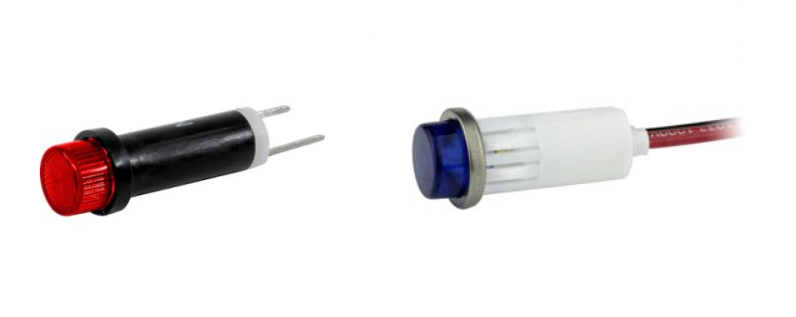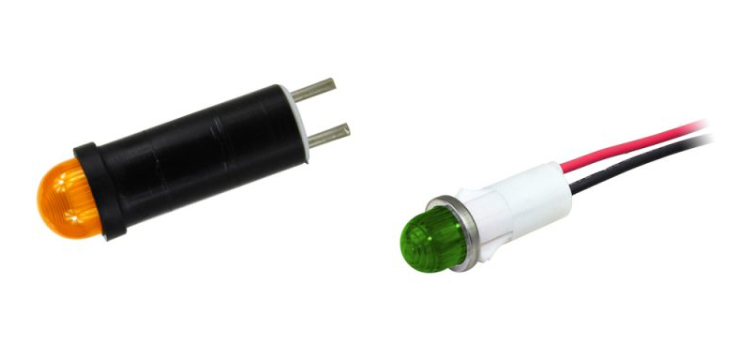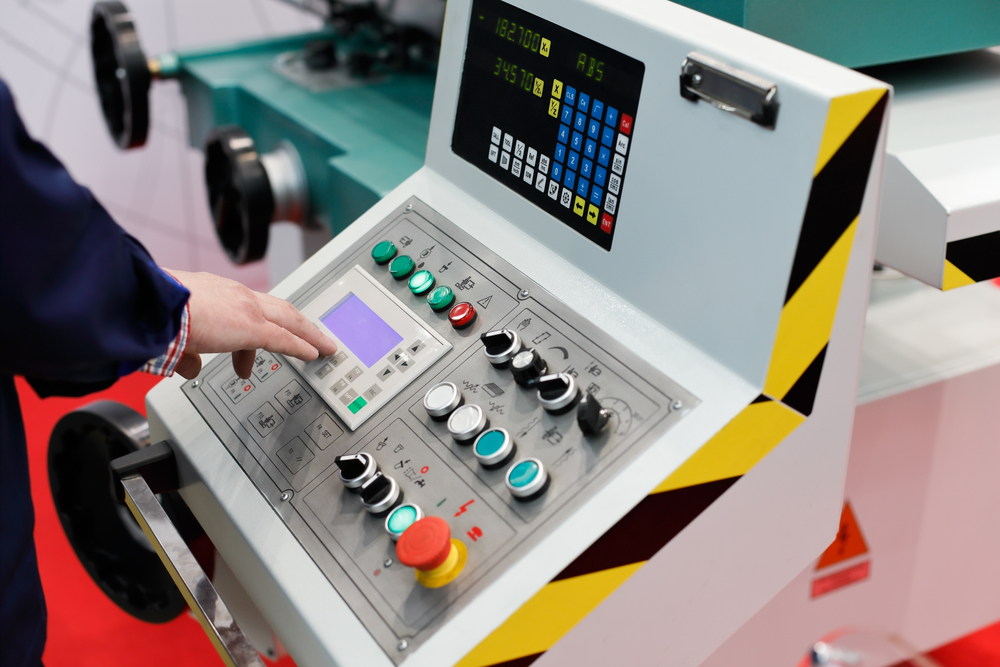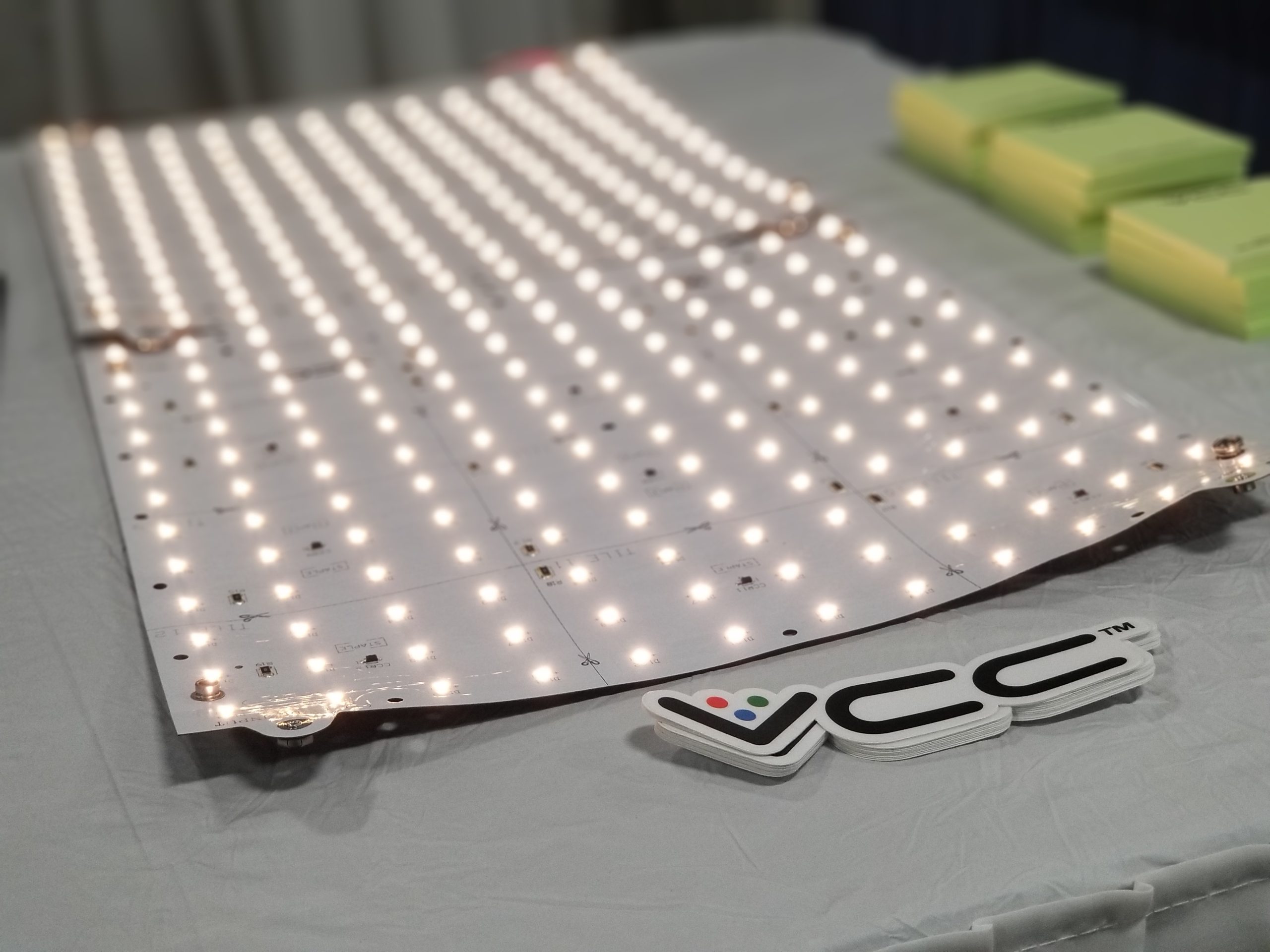Glossary
Explore our curated list of essential terms related to the design, engineering, and production of light pipes, panel mount indicators, and LED displays.
The Ultimate Status Indicator Glossary
Deepen your understanding of the concepts, terminology, and product names we use in the world of VCC. We encourage you to bookmark this page and revisit regularly, as we continually update it with new definitions.
-

Hi-Hat Lens
A hi-hat lens is an indicator cover that extends well beyond the surface of the control panel or HMI in a consistent shape with a flat top.
Benefits of a hi-hat lens include a wider viewing angle that can also increase daytime visibility.
-

High-Dome Lens
A high-dome lens is an LED indicator cover that sits prominently above the plane of the control panel and is rounded at the top.
The dome shape provides the widest viewing angle, improving visual communication when end-users need to maintain status from multiple positions, such as standing or bending down.
-

High-Vibration Environment
Some machines naturally move and vibrate during operation. For example, heavy industrial machinery can encounter a lot of vibrations during operation.
To help keep indicators in place, accessories like hex nuts can be added. Mounting type and device design can also prevent indicators from shifting in high-vibration environments.
-

HMI
The HMI, or human-machine interface, is the control panel or surface where the indicator(s) of a device visually communicates the status to operators.
-

Hotspot
Proper light pipe design ensures uniform illumination. When part of the indicator shines brighter than the rest, that is called a hot spot.
In some applications, a hot spot can cause errors in readings and operations, depending on the design. Techniques such as using a Fresnel lens can help reduce hotspots.






